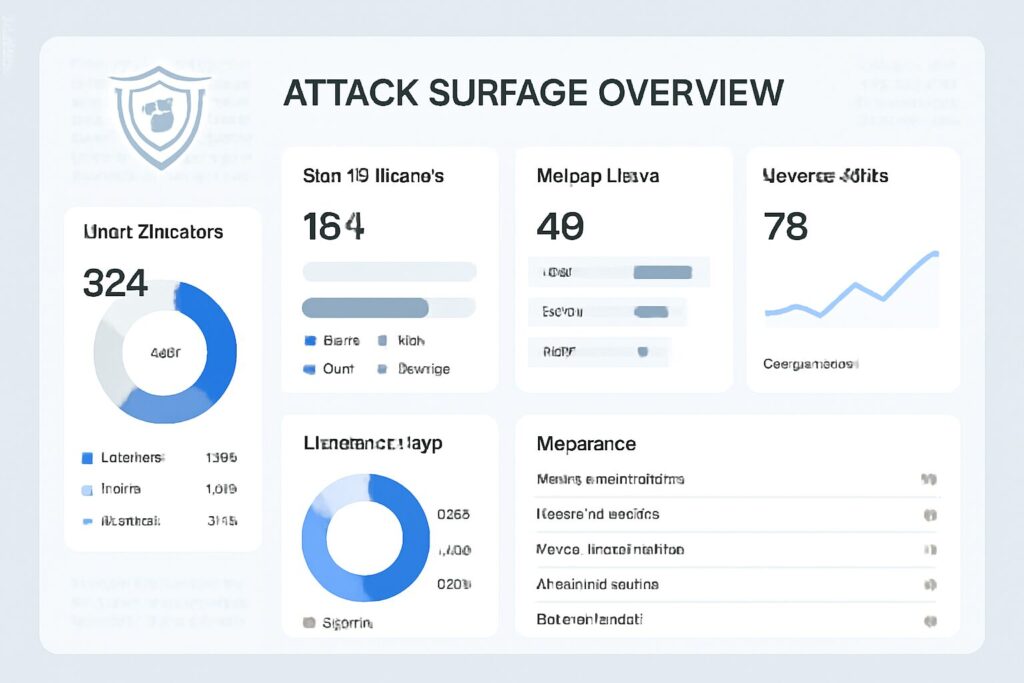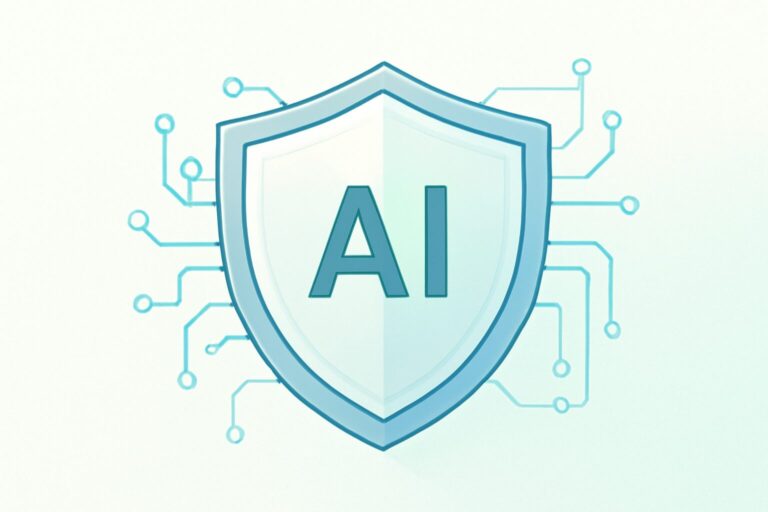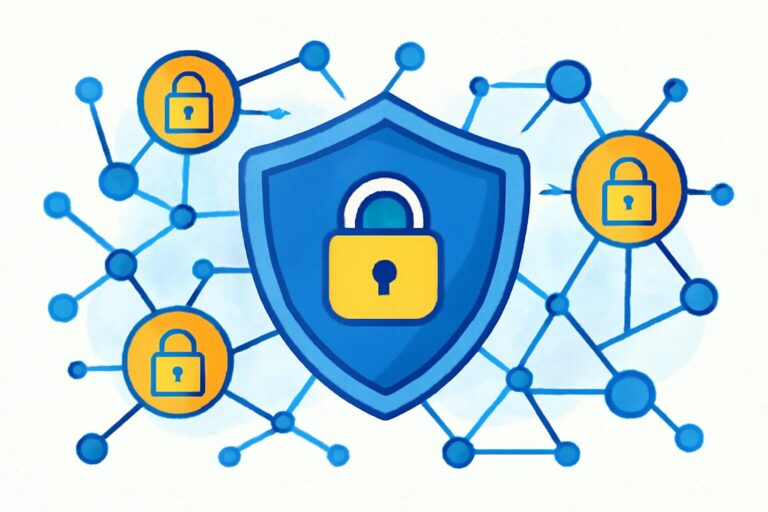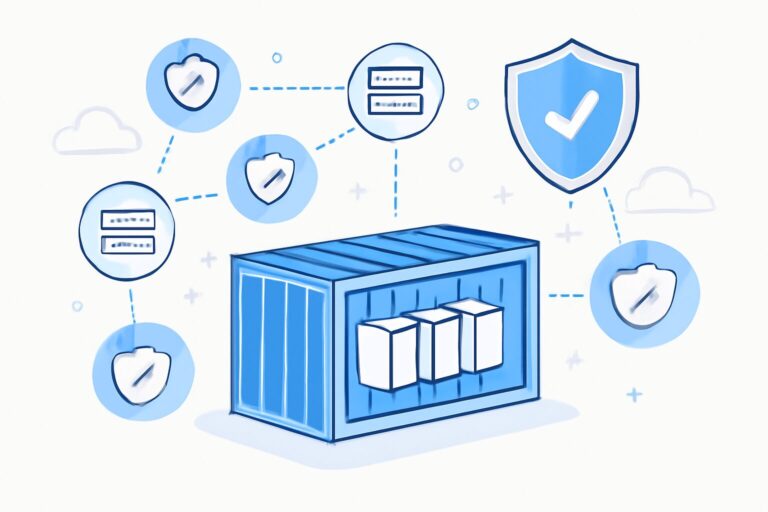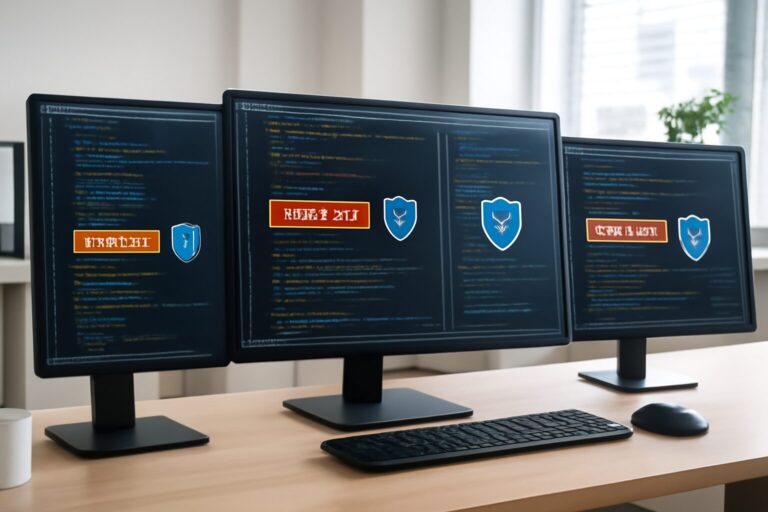# How to Effectively Prevent Data Breaches Through Attack Surface Management
## Introduction
In modern information security, **Attack Surface Management (ASM)** has become a critical strategy to prevent data breaches. With increasingly complex enterprise IT environments, risk assessment and data security challenges are rising, and exposed attack surfaces are expanding. This article delves into how systematic ASM helps identify and reduce external exposures, build a robust data defense, and effectively prevent data leaks. 🛡️
—
## Understanding Attack Surface Management: Definition and Background
Attack Surface Management (ASM) refers to the comprehensive identification, continuous monitoring, and risk assessment of all digital assets and exposure points of an enterprise. The attack surface includes every possible entry point exploitable by attackers, such as network devices, applications, cloud services, and third-party APIs.
With digital transformation advancing, enterprises’ attack surfaces are broader than ever—especially in hybrid cloud and multi-vendor environments where data security risks are more prominent. Uncontrolled assets, expired certificates, or outdated API keys can all become attackers’ entry points.
ASM empowers security teams to systematically assess risks, prioritize exposures, and comprehensively understand exposed assets to strengthen defenses in a targeted manner. Recent global data breaches have repeatedly warned us: preventing data leakage requires fundamentally understanding and controlling the attack surface.
—
## Common Exposure Risks in Data Breach Scenarios
In practical security operations, attack surface exposures are often direct causes of data breaches. Typical scenarios include:
– **Unauthorized device or service exposure:** Some enterprises overlook management of leftover legacy systems, like temporary test environments or open development interfaces, inadvertently expanding their attack surface.
– **Unpatched security vulnerabilities:** Not only OS but also business system vulnerabilities become attack vectors. Zero-day exploits can quickly cause information leakage.
– **Weak authentication and access control:** Lax authentication, especially missing multi-factor authentication, enables phishing or brute-force attacks, allowing attackers to access core data.
– **Third-party and supply chain risks:** Varying security levels among vendors create hidden attack surfaces; attackers often leverage third-party entry points to reach main targets.
During threat identification, ASM tools automatically scan and discover all assets and vulnerabilities, generating detailed exposure lists to help security engineers proactively mitigate risks. For example, a large enterprise discovered multiple misconfigured cloud storage buckets via ASM and promptly fixed them, avoiding millions of user data leaks.
—
## Core Processes and Key Components of Attack Surface Management
Effective ASM relies on clear workflows and precise technical support, mainly including the following key steps:
1. **Asset discovery** — Automated scanning tools identify and classify all online assets such as public IPs, domains, subdomains, web applications, and containers. This is crucial because unrecognized assets cannot be protected.
2. **Attack surface exposure analysis** — Using vulnerability scanning, security configuration checks, and sensitive information detection, an attack surface landscape is constructed to clarify the most vulnerable assets.
3. **Prioritization** — Not all risks are equal. Systems combine business impact and vulnerability severity to rank exposures, guiding security teams to allocate resources efficiently.
4. **Continuous updating and monitoring** — As attack surfaces evolve dynamically, continuous monitoring ensures new assets and risks are promptly managed.
Typical key components include vulnerability scanners (e.g., Nessus, Qualys), asset management platforms, and threat intelligence databases. Integrating these tools forms a closed-loop ASM system, the foundation of proactive security defense. 📊
—
## Deploying Automated Monitoring and Real-Time Threat Alerts
Continuous monitoring and early warning systems are core capabilities of modern ASM. Passive vulnerability searching is insufficient against complex attack methods; automation is vital.
– **Continuous monitoring:** Automated tools scan assets and network traffic round-the-clock, detecting anomalies and new vulnerabilities in real time, especially suited for cloud and remote work scenarios.
– **Automated incident response:** Coupled with SIEM systems, automatic alerts and response workflows greatly reduce incident handling time and prevent escalation.
– **Log analysis and behavior detection:** Deep analysis of access logs and network behavior, combined with AI models, identifies potential attacks early, such as unusual login times or sudden multi-location access.
These automation technologies enable security teams to quickly capture threat signals from massive data, achieving “prevention first” and lowering data breach risks.
—
## Integration with Zero Trust Architecture: Multi-Layer Security Strategy
To maximize ASM effectiveness, it must be deeply integrated with **Zero Trust Architecture**. Zero Trust emphasizes “never trust, always verify,” ideal for distributed, multi-cloud environments.
– **Authentication:** Multi-factor authentication (MFA) forms a base barrier to prevent credential-based threats.
– **Least privilege:** Users get minimal access needed to perform duties, reducing attack scope and limiting lateral movement even if breached.
– **Network segmentation:** Internal networks are finely segmented with strict communication controls to block attack paths and strengthen defense depth.
This multi-layer protection, combined with up-to-date attack surface data, forms comprehensive security defenses. As Gartner notes, “Zero Trust and ASM together build a dynamic security posture and are foundational for future enterprise cybersecurity”[^1].
[^1]: Gartner, Attack Surface Management Market Guide, 2023.
—
## Best Practices: Reducing External Exposure and Vulnerability Remediation
Managing the attack surface means not only identifying issues but effectively fixing vulnerabilities and cutting external exposure.
– **Vulnerability patching:** Establish rapid response and fix mechanisms to ensure timely patch application. Automated patch management tools (e.g., Microsoft SCCM, WSUS) vastly improve efficiency.
– **Security hardening:** Close unnecessary ports/services, disable default accounts, and implement network ACLs to limit external access.
– **Regular security assessments:** Combine penetration testing and red team exercises to simulate attacker perspectives, uncover blind spots, and discover risks.
– **Data encryption and access monitoring:** Encrypt sensitive data and enable access audit trails to make abnormal activities traceable.
– **Supply chain risk management:** Share security requirements with vendors and regularly verify third-party security to avoid new attack surfaces.
For example, a financial institution deploying these strategies reduced data breaches by nearly 90%, significantly improving security compliance.
—
## FAQ
**Q1: What is Attack Surface Management? How is it different from traditional vulnerability scanning?**
ASM comprehensively manages all digital assets and exposure risks, encompassing asset discovery, risk assessment, and continuous monitoring; traditional vulnerability scanning focuses more on single-system vulnerability checks. ASM emphasizes holistic visibility and dynamic management.
**Q2: How does ASM help prevent data breaches?**
By continuously discovering and remediating exposures, reducing potential entry points, and combining automated alerts and responses, ASM significantly lowers attackers’ chances of intrusion, effectively cutting off data leaks at the source.
**Q3: How can enterprises start deploying ASM?**
Begin with a thorough asset inventory, select suitable ASM tools, and build process workflows to gradually achieve asset monitoring and risk alerts. Key is establishing closed-loop management.
**Q4: Does ASM need to integrate with other security technologies?**
Yes, ASM combined with Zero Trust, IAM, SIEM, and other security technologies forms multi-layered defense against complex threats.
**Q5: Does automated monitoring produce many false positives?**
High-quality ASM tools use intelligent algorithms to reduce false alarms, continuously refined with security team experience to maintain alert accuracy.
**Q6: What compliance requirements impact ASM?**
Standards like GDPR and ISO 27001 demand enterprises identify and protect all sensitive data assets; ASM is a key part of compliance.
Preventing data breaches has no shortcuts; it requires comprehensive, dynamic attack surface management. As threats evolve, enterprises must embrace automated, integrated defenses. Visit De-Line Information Technology’s official site [https://www.de-line.net](https://www.de-line.net) to learn more about industry-leading **Attack Surface Management** and data security solutions, keeping your information assets secure and impenetrable. 🔒🚀
************
The above content is provided by our AI automation poster
